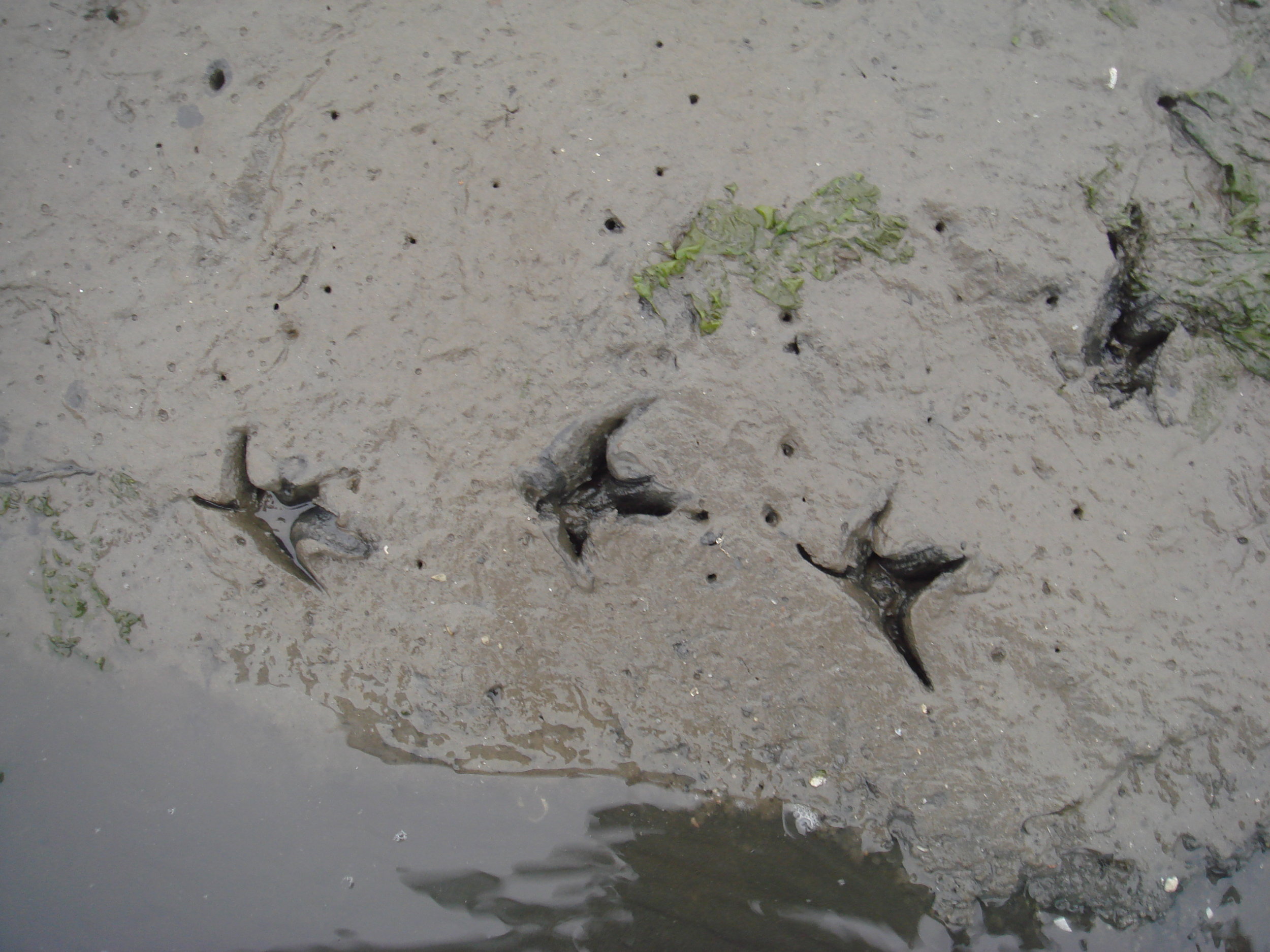Many years ago I took a trip to the Hayle Estuary in Cornwall, England. It was November. It was cold. It was raining. It was muddy. At first glance, there was not much life to see. But peer closer and suddenly all sorts of things jump out - including these mysterious footprints...
Do you know who made these footprints? They were taken down on the Hayle Estuary in Cornwall, England. Feel free to comment below if you know! Credit: Samantha Andrews/Ocean Oculus.
Ok, not that mysterious - they belong to a bird - and likely a wading bird, which tend to sport long legs and longer bills (beaks) for their body size than say a sparrow. The Hayle Estuary is, in fact, a Royal Society for the Protection of Birds (RSPB) Reserve. During the winter months, it is home for up to 18,000 birds who take advantage of this estuary that never freezes over in winter. But it's not just the relatively balmy weather of this part of Blighty that attracts birds here during the winter. There's lots of food too.
This particular ragworm is a Nereis virens. Credit: Alexander Semenov/Flickr (CC BY 2.0)
Take a look at those holes in the mud for example. These are made by creatures like the ragworm - a polychaete worm that lives in a burrow under the sand, only coming out when the tide is up to hunt for unsuspecting prey or feed on pieces of plant that ends up in the water. These not so tasty-looking critters are a top treat for many a wading bird who with their longer bills and a fair bit persistence pull the worms out of their burrows. They are also a firm favourite for human fishers who like to use the worms as bait!
There is much more life lying beneath that muddy floor that we can't see - and is favoured by the birds, like crabs, and snails, and cockles.
If you do decide to venture out to an estuary to do some bird watching or explore the muddy floor, be very careful. Make sure you know the tides before you go - and be aware that in some places the tide can move very quickly. And watch out for that mud too. People can - and do get trapped! Only go out where you know it is safe - and never go alone.

